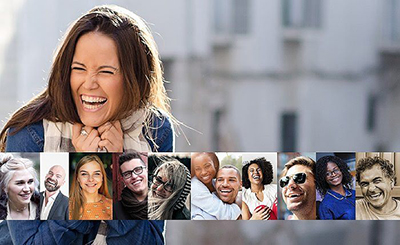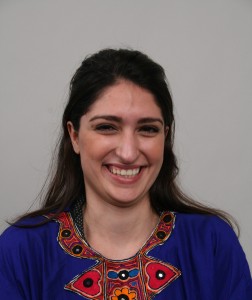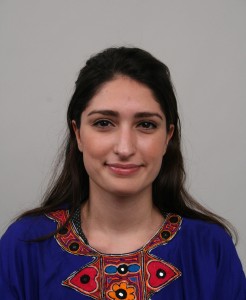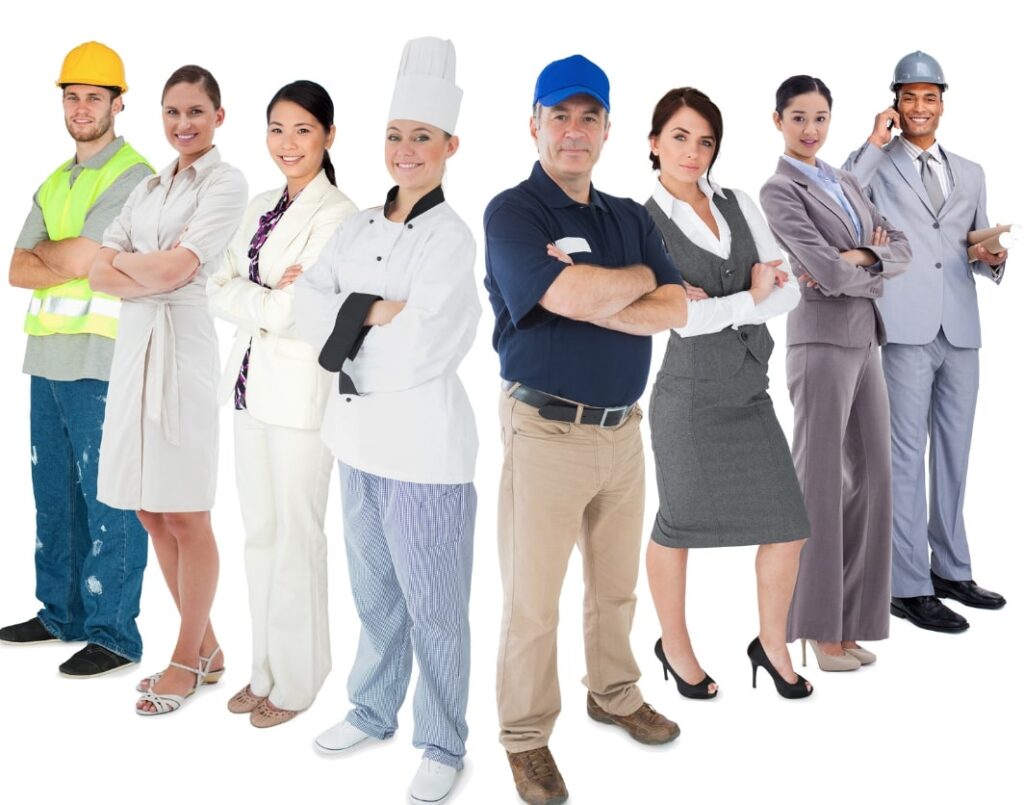 Types of Smiles
Types of Smiles
Over the years there have been many questions about the number and types of smiles that exist. The truth of the matter is that that number is too vast to catalogue. Here’s why.
The first thing to remember about reading faces concerns whether they are displaying an emotion or not.
Remember, emotions are reactions to events that are meaningful to someone and that potentially impact their survival. Thus, facial expressions of emotion go on and off the face relatively quickly.
Single episodes of normal emotional expressions that are not concealed (what we call macroexpressions) go on and off the face between 0.5 and 5 seconds.
Microexpressions (signs of concealed, suppressed, or repressed thoughts and feelings) occur less than 0.5.
Both macro and microexpressions are reactions, and this is true with smiles associated with emotions as well.
LEARN HOW TO READ MICROEXPRESSIONS
Genuine Smiles
 When smiles are reactions (i.e., they go on and off the face) and they occur by themselves, they are likely to be signs of enjoyment, amusement, happiness, contentment, or some other positive emotion label (thus, there are as many labels for these smiles as there are positive emotion words in culture’s language).
When smiles are reactions (i.e., they go on and off the face) and they occur by themselves, they are likely to be signs of enjoyment, amusement, happiness, contentment, or some other positive emotion label (thus, there are as many labels for these smiles as there are positive emotion words in culture’s language).
When they are macroexpressions, these smiles are likely to be Duchenne smiles – genuine smiles that involve not only the lip corners being pulled up and diagonally but also the muscle around the eyes (orbicularis oculi).
This muscle raises the cheeks, stretching the skin and giving it a shiny appearance, and creates crow’s feet wrinkles at the side of the eyes for many.
When the reaction smiles are microexpressions, they may not have this muscle activated because micros can involve only parts of the full-face expression.
Reaction Smiles
 When smiles are reactions and they occur with other body movements, the smiles can signal other emotions.
When smiles are reactions and they occur with other body movements, the smiles can signal other emotions.
For example, a reaction smile with head and gaze down and a hand to the face may be signs of embarrassment, shame, or humiliation (more emotion labels).
A smile with head tilted up, gaze up, chest puffed up, and hands on the hips (arms akimbo) may be signs of pride (and other synonyms of it).
Reaction smiles that occur with other facial expressions of emotion are interesting but the analysis is the same.
If the expression (including the smile) is a reaction, then there is likely positive emotion along with the other emotional expression. Thus, when a reaction smile occurs with a reactive angry expression, a person is likely experiencing an anger-enjoyment blend.
Smiles as Secondary Emotions
Then there are reaction smiles that occur sequentially (not blended) with other emotional expressions. Oftentimes the reaction smile might occur after another emotional expression.
These are what we call secondary emotions. What are secondary emotions? They are emotions that we have about other emotions.
Some people like the fact that they get angry and so they may smile after being angry (watch out for those people). Some people like to experience fear (think sensation seekers); they may smile after showing and experiencing fear.
These secondary emotions are the reason that horror movies are popular with a segment of the population.
Social Smiles
 But smiles that occur with other emotional expressions are often not reactions; instead, they are what we call social smiles.
But smiles that occur with other emotional expressions are often not reactions; instead, they are what we call social smiles.
These are smiles that typically do not include the muscle around the eye and are not signs of enjoyment, amusement, or happiness emotional reactions; they are learned, voluntary smiles (but be careful; contrary to popular belief, many people can voluntarily produce Duchenne smiles).
Importantly, social smiles are not emotions; when they occur, they can stay on the face for a long time, much longer than four or five seconds.
And people can produce them anytime because they are used in all cultures as signs of politeness, pleasantness, courtesy, etc. (more smile labels).
Social smiles grease the wheels of all societies and cultures. Sometimes they look like they may be pasted on a person’s face (remember, they’re not reactions).
Smiles that Qualify or Comment on Emotion
When social smiles occur with other emotional reactions, they qualify or comment on those other emotions.
- A social smile with an angry expression softens the display of anger.
- A social smile with a sad expression (aka a miserable smile) says that even though you’re sad, things will be all right.
- A social smile with a fearful expression says the same – even though you’re afraid, things will be OK.
- And the pasted, asymmetrical smiles (aka smirks or dominant smiles, other labels) are signs of personality (arrogance, another label).
Then there’s all the social smiles that occur in the vast number of different contexts of life, many of which have been given cute names in the past. When you think about it, these are all tied to specific contexts.
Thus, there’s the all the different types of smiles you can read about elsewhere, such as:
 Reward smiles
Reward smiles- Affiliative smiles
- Flirtatious smiles
- Lonely smiles
- Dampened smiles
- Fake smiles
- Wistful smiles
- Polite smiles
- Pan Am smiles
- Chaplin smile
- Forced smiles
- Uncomfortable smile
- Sarcastic smiles
- Love smiles
- Interested smiles
- Seductive smile
- Courtship smiles
- Dazzling smiles
- Etc. etc.
All of these are social smiles that may include other body movements (e.g., sideways look, touching the hair with the flirtatious smile) that occur in specific contexts. And some reaction smiles of enjoyment also occur in specific contexts, such as what is known as schadenfreude (joy in someone else’s misfortunes)
Because these are all labels of smiles that occur in a specific context, it goes to reason that there are as many possible smiles to interpret and label as there are the various contexts of life.
But the smile itself is always the same – lip corners up and diagonal.
What differs is whether that particular expression in that particular context is important enough in our culture and everyday language to give it a specific label. Words and phrases are symbols that depict real life phenomena in language so that we can talk about them, and cultures and language reify or lift up specific phenomena of life that are important to those cultures for whatever reason.
Thus, there’s probably a gazillion types of smiles out there if you tie a smile with a context and want to label it. Or only two – smiles of true positive emotions and social smiles.